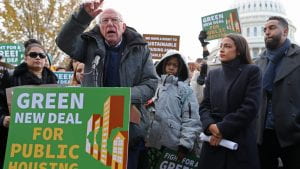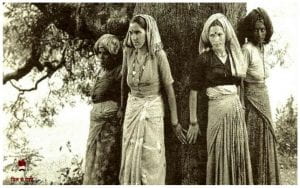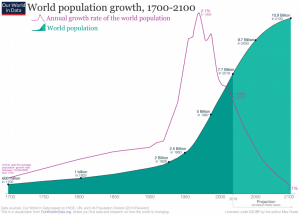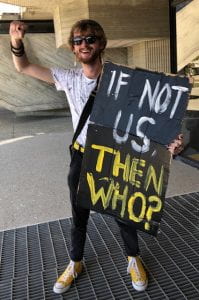Kari Norgaard and Richard York’s Gender Equality and State Environmentalism’s findings can be summarized fairly simply with the quote,
“Our results clearly show that nation-states with a greater proportion of women in national Parliament, controlling for other factors, typically are more prone to environmental treaty ratification than other nations.” (519)
They conducted a study comparing how successful a country was at creating gender equality, and a country’s ability to help the environment (measured through ‘ratification of environmental treaties’). The study found that there was evidence to support a correlation between positive gender equity and positive environmentalism. The problem is that women are not getting these positions in order to fight for these issues.
This then raises the question, do we know this to be true?
We were already shown the example of WE DO, but after doing some research I found some of their older files that also support what we’re talking about here. In Sam Sellers’ Gender and Climate Change: A Closer Look at Existing Evidence, she talks about ways that women are, in general, better leaders for the climate crisis., citing examples such as “In Mexico, women who have access to irrigation plant a greater diversity of crops than comparable men” (9) This idea, that women are more in touch with nature, and are able to succeed more as farmers, supports the idea that women would have more power and passion than men toward environmental agendas.
We were asked this week to find an additional statistic of evidence to this thesis, so I found Alan Neuhauser’s The Climate Gender Gap, where he states “Women make up more than 80 percent of people displaced by climate change, according to United Nations data, and air pollution is a top threat to the health of pregnant women and their children.” This statistic is arguably more important than any other about why women make more powerful agendas against climate change, as women are more affected, they’ll make more pushes toward saving the planet.
Finally, what I believe to be the strongest example in recent history, is Alexandria Ocasio-Cortez’ influence behind The Green New Deal. Lisa Friedman writes about this in What is The Green New Deal? A Climate Proposal, Explained, where she describes The Green New Deal by stating “The resolution does call on the federal government to make investments in policies and projects that would eventually change the way we design buildings, travel, and eat.” The Green New Deal is a revolutionary plan to rebuild our society in order to save the planet. Friedman writes a very negative opinion on AOC and The Green New Deal, but this bias can be seen as the sort of backlash that happens when a woman does something revolutionary that can save the world. Alexandria Ocasio-Cortez is a perfect example of what Norgaard and York write about, and will hopefully lead the way for future generations of powerful women of color fighting for our planet.

(Alexandria Ocasio-Cortez, pictured right)
Friedman, Lisa. “What Is The Green New Deal? A Climate Proposal, Explained.” Nytimes.com. N. p., 2020. Web. 23 Mar. 2020. <https://www.nytimes.com/2019/02/21/climate/green-new-deal-questions-answers.html>
Neuhauser, Alan. The Climate Gender Gap. USNews. November, 2018. <https://www.usnews.com/news/national-news/articles/2018-11-20/yale-women-more-worried-less-knowledgeable-about-climate-change>
Sellers, Sams. Gender and Climate Change: A Closer Look at Existing Evidence. Global Gender and Climate Alliance, WEDO. November, 2016. <https://wedo.org/wp-content/uploads/2016/11/GGCA-RP-FINAL.pdf>











